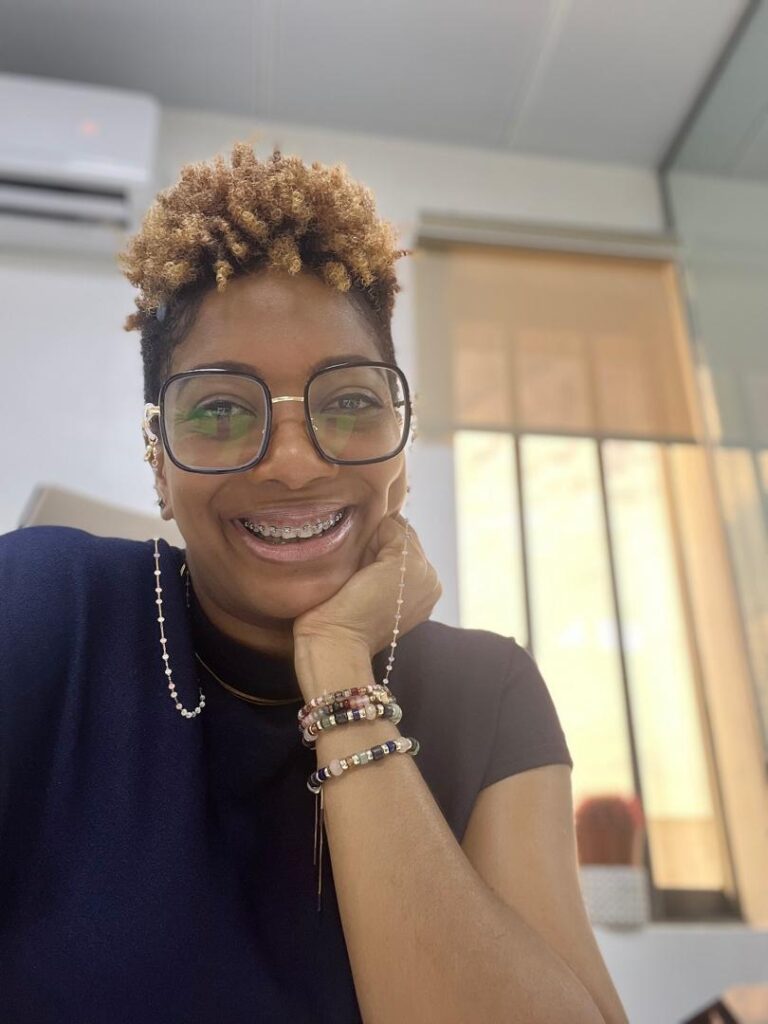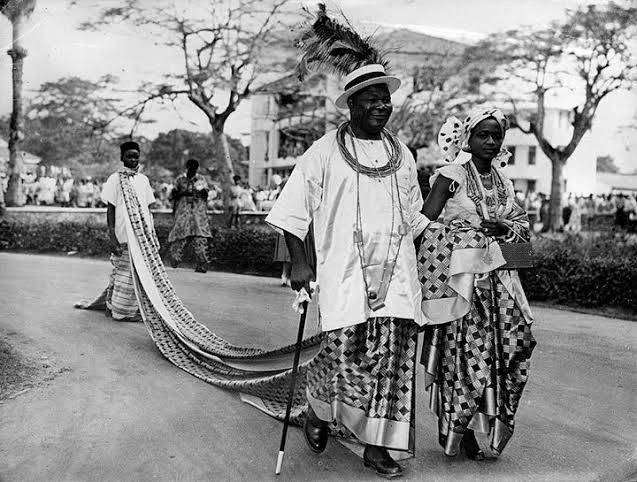This is Arbiterz funding news updates across Africa. It is a weekly news update on funding opportunities for entrepreneurs on the continent, in association with GetFunded Africa (GFA), a data and research firm helping medium and large companies in Africa to raise funds for growth & expansion. This week, May 30th, 2020, funding news review:
Introduction
The COVID-19 pandemic has caused the shut down of schools, airports, restaurants, entertainment venues, places of worship, offices and more locations all over the world. In emerging markets across Asia, LATAM, Africa and parts of Europe the digital divide has never been this pronounced.
The Internet provides alternatives in developed markets
In developed markets, the internet has helped to overcome some of the challenges. For the challenge of schools being shut down, the education sector resorted to online classes; for businesses, video conferencing has become the new normal; for shopping, ecommerce platforms and delivery services have been leveraged; for entertainment, people have been drawn to video streaming services. A few clicks on your phone and presto…access to information and services. It is not an ideal situation, but there are options enabled by the internet.
Not the same story in emerging markets
Unfortunately, we all need to remember that access to the internet is not universal. According to a report released by the GSMA (State of Mobile Internet Connectivity 2019), about 3.5 billion people of the world’s 7 billion people don’t have access to the internet. This is a digital divide. Below are 3 examples of good projects which are hindered by the digital divide. One example has been taken from Asia, Africa and Europe to highlight the challenge across emerging markets in response to COVID-19. Bangladesh (Asia) has a mobile phone penetration rate of about 98%. At the onset of the COVID-19 crises in the Country, the Government announced a $600million stimulus and it is making plans to release more funds to support businesses and individuals. The challenge? Only about 30% of the population have access to mobile broadband (GSMA). This makes it difficult for the Government to deliver the stimulus to the right recipients and even if received, without internet access, recipients don’t have access to online banking facilities to use the funds In Nigeria (Africa), the Government decided to support parents by partnering with private sector online education providers. The Country has a mobile phone penetration rate of about 97% (Source: Nigeria Communication Commission). The challenge is, only about 40% of its 200m population has access to mobile broadband (GSMA). The Government initiative is laudable and it would impact millions of children. However, the most vulnerable, may not benefit from this program. In Albania (Europe), the mobile phone penetration rate is about 145% (many people have multiple SIM cards). A web portal was opened to provide access to information about the virus and there are options for an online doctor. Unfortunately only about 45% of the population have mobile broadband, making it difficult to access critical information that can save lives. The examples above are not a critique of the efforts in each of the Countries mentioned. It highlights the challenges faced across emerging markets and exemplifies how the COVID-19 pandemic highlights the digital divide even more than usual.
What solutions are out there?
The challenge in the countries mentioned above is not that people don’t have mobile phones. On the contrary, mobile phone penetration rates are high because most of the people have “feature phones”. A feature phone is an easy to use phone and it is capable of making calls and sending text messages. It typically has no internet capabilities (or is sometimes capable of low-speed connectivity). It usually has long battery life and is affordable (between $5-$15). Across the world, more people use feature phones than smartphones. An emerging segment is the “Smart feature phone”. Its a device with a traditional form-factor and design but with a chipset and an operating system which can support smartphone-like features such as high speed internet access and an apps ecosystem. The smart feature phone is the perfect middle ground between feature phones and smart phones and it reduces the barriers to access the digital world. Even an entry level Android smartphone (lets not even mention Apple’s iOS here) costs twice as much as a smart feature phone. The smart feature phone segment had largely been ignored until 2017 when a software company, KaiOS, came along with an operating system that demands low memory resources but supports advanced cellular connectivity. KaiOS now runs on over 135 million mobile devices and is a cost effective way to increase broadband adoption in emerging markets.
What can be done in emerging markets?
Affordability still remains a key issue when it comes to the digital divide. However, most countries in emerging markets have accumulated funds in a universal service fund. The universal service funds are financed through some form of contribution mechanism from telecom service providers and are paid to telecom regulators to accumulate into a fund that should provide universal access to the internet. According to the GSMA, unspent funds in 64 countries amounted to over $11 billion as at 2013. It is time for the taps of these funds to be turned on. Between the Universal Service Funds in each country, telecom operators, operating system providers (particularly smart feature phone operating systems), financial technology firms, programs can be developed to enable mass adoption of mobile broadband in such a way that consumers can pay in installments for a bundle of mobile broadband and affordable devices and the funds can be recycled to close the digital divide that the COVID-19 pandemic has starkly revealed. GetFundedAfrica (GFA) is a technology-driven information platform that helps African-run businesses reduce barriers to funding. GFA is owned and operated by Afriscaper Market Research & Consulting Limited.






















